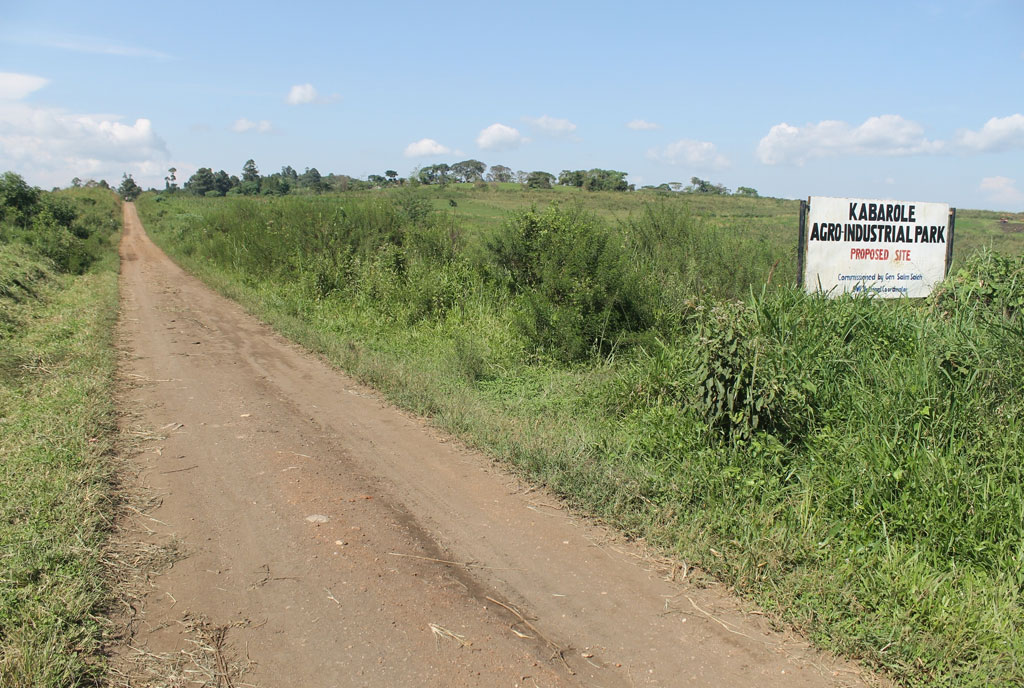Inclusive education can break stigma on special needs children
What you need to know:
- Students with special needs are usually excluded in the Ugandan education curriculum in terms of teaching and infrastructure.
- Implementation of the policy on inclusive education can make it easy for children with special needs to learn with normal ones.
Sustainable Development Goal number four provides for a sure inclusive and equitable quality education for promoting lifelong learning opportunities for all. Inclusive education happens when children with or without disabilities participate and learn together in the same classes.
According to Robert Stuart Oyesigye, the general secretary of the Association of Special Needs Education Teachers in Uganda, students with special needs currently have special education programmes which are designed for those who are mentally, physically, socially and emotionally delayed.
However, he notes that when a child with disabilities attends classes alongside peers who do not have disabilities it breaks all barriers that exist between them.
“In Uganda currently, students with special needs are trained in separate institutions. They only associate with their peers who also have special needs. They are rarely, if at all, given the opportunity to interact with normal students. This, in a way, keeps them segregated by a big part of the community that perceives them as unable to perform,” he says.
Oyesigye says inclusion incorporates basic values that promote participation, friendship, and interaction. He believes that if the policy of inclusion is implemented students with special needs will get involved in all activities.
“Students with special needs should be in a normal learning environment, associate with normal students such that they can also try out the challenges that normal students are undertaking. This will give them hope and they overcome self-pity,” he explains.
Implementation in offing
According to Sarah Ayesiga, the Ag assistant commissioner for Special Needs and inclusive Education in the Education ministry, true inclusion in education happens only when a whole school embraces diversity and creates an environment where everyone belongs.
“The government has done much in regards to betterment of life for students with special needs but more can still be done. There are several drafts that have been tabled in Parliament about students with special needs but they have not been implemented mostly because of financial constraints. However, last year we agreed that we should again table the Uganda National Development of Inclusive Education Policy (UNIEP) whose main aim will be to advocate for inclusive education,” she says.
Ayesiga says that they have observed that students with special needs are still being excluded in the Ugandan education curriculum in terms of enrollment, attendance, participation, attainment and progression.
“Some students with special needs are enrolled in schools but they are not catered for in terms of infrastructure and scholastic materials which limits their participation,” she says.
Break the stigma
Amos Iyeko Odongo a Kyambogo University Bachelor’s of Education in Special Needs student, says inclusive education will create an atmosphere where children with special needs are accepted in the community.
He says some people in the community still “do not know the challenges of people with special needs because they rarely get the chance to interact with them.
“When students with special needs learn in the same environment with normal students they will be accepted and probably the normal ones will sensitise the community about them,” he says.
He, however, notes that inclusive education will only succeed if the government provides learning materials such as braille machines (to help blind students) and hearing aids that will enable special needs students to compete favourably.
He also notes that Uganda still has few sign language teachers whom he thinks are essential in effecting the inclusive education policy if it is to start.




